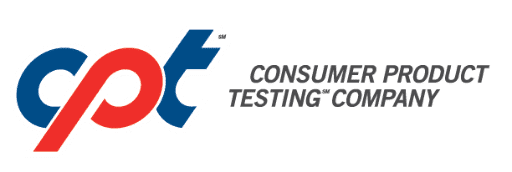Like all clinical trials, hair care clinical studies need expert planning and implementation to be successful. CPT℠’s team of licensed cosmetologists specializes in product testing and works closely with our entire staff to assist you in developing and conducting your hair care product trials.
CPT℠ has developed many standard protocols in hair care clinical studies and testing, including studies evaluating wet and dry attributes, comparing products, and evaluating tolerance and irritation, to name a few. If your testing needs are unique, we can develop a customized study. Recent special studies in hair care have compared hair styling appliances, evaluated a three-step hair care regimen, and studied the effects of a product on curly hair, for just a few examples.
Whether you need specialized testing or expect to choose a standard protocol, here are some important considerations for each step of the hair care clinical studies process:
Step One: Planning
Planning is the foundation of success for hair care clinical studies. This is the time to clarify the study objective, anticipate the need for pre-clinical testing, develop the study protocol, determine appropriate data collection and analysis and statistical techniques for your study, and commit to a study timeline that will support your expected product launch dates. CPT℠ is well prepared to assist you in every aspect of planning your hair care study.
Step Two: Pre-Clinical Testing
Hair care products commonly contact the skin and eyes, so they should be tested in the laboratory for dermal and ocular toxicity and irritation before they are tested on human panelists. Pre-clinical testing is done in-house at CPT℠, including dermal irritation tests on the reconstructed human epidermis, dermal sensitization tests at the molecular level, and an array of tests measuring corneal effects and ocular irritation.
Note that pre-clinical testing will lengthen your clinical testing timeline overall, as all of the pre-clinical tests are undertaken by a similar step-by-step process and data must be analyzed in order to determine whether a product is safe for panelists. IRB review, if it is required, must also take place after the pre-clinical testing is completed and before any human trial can begin.
Step Three: Hair Care Clinical Study Initiation
Even after a protocol is approved, there still is much to be done before any data is collected. For example, recruiting and educating panelists, scheduling, and myriad other details must be completed before data collection begins.
Step Four: Data Collection
Some data consists of subjective comments from panelists collected on surveys; some data consists of exacting measurements collected with sophisticated instruments. Data collection can vary widely in complexity and in timeline.
As an example, a recent hair care clinical study conducted at CPT℠ was executed in two consecutive phases, each including data collection periods of three months. This is not the norm, but it illustrates the need for getting an early start on planning for clinical studies. Some common data collection methods for hair care clinical studies are:
- Traction tests to measure hair shedding
- Hair pluck tests to evaluate changes in hair growth cycles and in hair breakage
- Regimented combing techniques to assess hair fallout rates
- Performance testing/attribute analysis
Step Five: Monitoring, Analysis, and Reporting
Monitoring and data analysis are continuing processes during the execution of the protocol. Identifying and resolving gaps early can often allow for adjustments without delays in the overall process. At the conclusion of the trial, our in-house data professionals and statisticians will compile and analyze study results. CPT℠ will help you interpret those results into information you can use to support your product.
To learn more about Hair Care Clinical Studies at CPT℠ or to get started on a clinical study for your product, please contact us.
Our Capabilities
CPT℠ has state-of-the-art analytical, microbiological, clinical, photobiological, and in-vitro toxicology testing laboratories, all of which are at your disposal to determine product safety and efficacy. To make these determinations for hair care products, CPT℠ employs the following methods.
- Gravimetric “Pull” Analysis
- “Hair Pluck” Test
- Regimented Combing Technique
- Tensile Strength
- Standardized photography utilizing a stereotactic positioning device.
- Standardized photography utilizing studio lighting.
- Instrumentation to measure color.
- Instrumentation to measure shine/gloss.
Using our specialized departments and modern lab facility, CPT℠ tests a wide range of products. Our in-house experts offer guidance in the determination of the efficacy of your products while ensuring compliance and keeping your budgetary concerns in mind.
Understanding and executing the various hair care study methods is crucial to product success. Understanding the complexities of product success in the marketplace, rigorous testing conducted by an experienced laboratory can provide you with the answers you seek.
